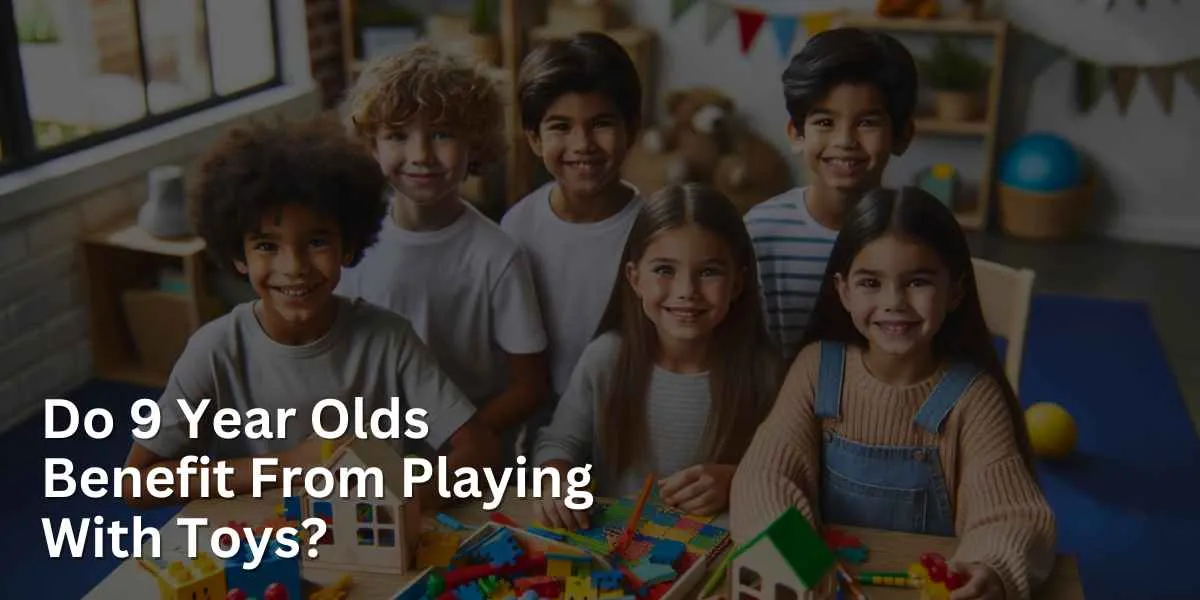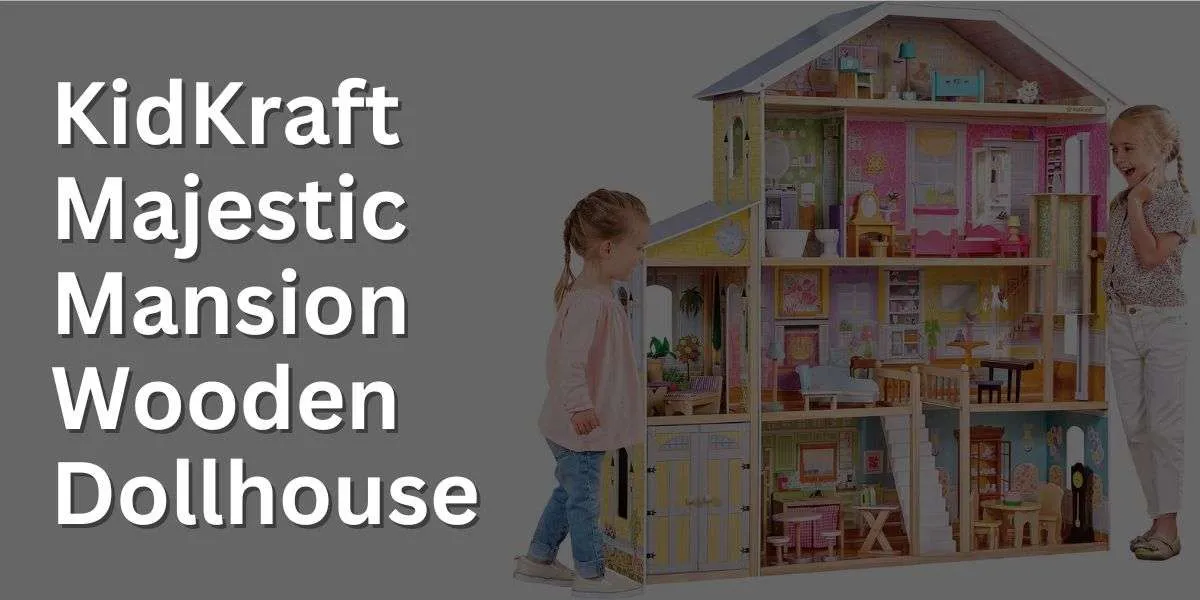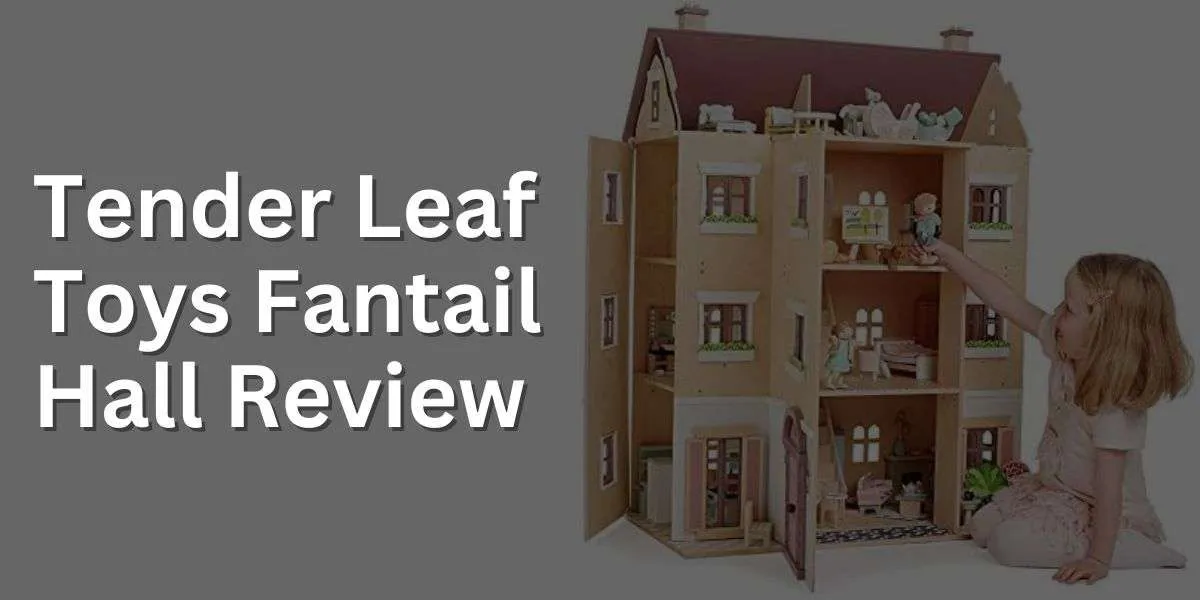Do 9 year olds get anything beneficial from playing with toys? This is a question that has been of debate for many years. There are some people that believe playing with toys is a great activity because it contributes to their development as an individual, and increases motor skills.
| Benefit Category | Benefit | Description/Examples |
|---|---|---|
| Cognitive Development | Problem-Solving & Critical Thinking | Complex toys, such as advanced building sets or puzzles, challenge a child’s cognitive abilities and promote logical reasoning. |
| Creativity & Imagination | Toys that allow for open-ended play, like arts and craft sets or role-playing toys, foster creativity and imaginative thinking. | |
| Social Development | Social Skills & Teamwork | Board games, sports toys, or multiplayer video games can teach cooperation, turn-taking, and negotiation skills. |
| Communication Skills | Engaging in play scenarios, discussing game strategies, or narrating stories enhances verbal communication and listening skills. | |
| Emotional Development | Emotional Expression & Understanding | Dolls, action figures, or role-playing sets allow children to act out scenarios, helping them process emotions and empathize with others. |
| Boosts Self-Esteem & Confidence | Mastering a challenging toy or game can give a child a sense of accomplishment and boost their confidence. | |
| Physical Development | Fine Motor Skills | Detailed craft kits, model building, or intricate puzzles refine hand-eye coordination and finger dexterity. |
| Gross Motor Skills | Outdoor toys, sports equipment, or large building sets promote larger body movements and coordination. | |
| Life Skills | Responsibility & Care | Toys that require maintenance, like remote-controlled cars or virtual pets, teach children about responsibility and care. |
| Planning & Organization | Setting up board games, organizing pieces, or planning strategies for play scenarios instill organizational skills. | |
| Learning & Academics | Enhances Academic Skills | Educational toys, science kits, or math games can reinforce school-taught concepts in a fun, interactive manner. |
However, there are also a lot of people who believe that children should not play with toys as they grow older, because they won’t get any intellectual benefits from it. But the truth is that even though most children stop playing with toys around the age of 9, they still benefit from the activity.
Toys are designed to appeal to children of all ages, appealing to their imagination and allowing them to use their senses during play. It is common for parents to buy toys and games for their children. The toys range from dolls, to toy trucks, to educational games and activity books. Toys help children develop various skills such as counting, reading, listening, self-control and hand-eye coordination.
Toys are not only supposed to be fun, they are also helpful in the development of our children. Along with enriching enrichment activities and interactions, a toy will give your child something extra to learn from.
While there’s nothing wrong with giving a child plenty of toys to choose from, it can be easy to forget why your child plays with them in the first place. Every child develops at their own pace. Children have different personalities and learn new things at different times in their development as well.
At age 9, many children will play their toys less often than they used to. Some of them even stop playing with their old toys altogether. This is part of growing up and should not be a cause for concern for parents. But this doesn’t mean they can’t benefit from playing with toys.
It could be useful to play with toys at age 9 too, even if they don’t play less with them. Especially because this isn’t the only source of fun at that age. There is no doubt that when a child grows older, much of their time is spent playing with other children rather than with toys. But there are still a lot of benefits for playing with toys. Playing with toys can be a key part of a child’s development.
The toys that you buy for your 9 year old child shouldn’t be just any other toy. It should be appropriate for his age. And it should help maximize his learning and developmental potential.
Parents are often concerned with what they’re children are playing. While this can happen when a child reaches a certain age, giving him time to play with toys and gain more skills, there are actually benefits to a 9-year-old playing with toys.
At this age most children are starting to socialise with children their age. They will still become a more focused person and develop their social skills. The benefit of being socialized starts early in life. They will play with their peers more often, do DIY craft projects together or compete in organised team sports.
When do kids stop playing with toys?
The age at which children stop playing with toys varies widely and is influenced by individual preferences, cultural factors, peer influences, and the rise of digital entertainment options. However, while the nature of “toys” and play might evolve, the concept of play continues throughout life.
| Age Range | Toy Engagement | Description/Examples |
|---|---|---|
| Infants/Toddlers (0-3 years) | Highly engaged | At this age, children rely on toys for sensory exploration, motor skill development, and cognitive growth. Examples include rattles, soft toys, stacking blocks, and simple puzzles. |
| Preschoolers (4-6 years) | Actively engaged | Toys support imaginative play, social interactions, and foundational learning. Examples include dolls, action figures, art supplies, and basic board games. |
| Elementary Age (7-10 years) | Mixed engagement | While many children still enjoy toys, they might start gravitating towards more complex games, hobby kits, and digital devices. They might play with LEGO sets, craft kits, remote-controlled vehicles, and video games. |
| Preteens (11-12 years) | Declining engagement | Traditional toys may become less appealing, but they might still engage in building sets, collectibles, and sophisticated board games. The attraction to digital devices and online gaming grows. |
| Teenagers (13-19 years) | Limited traditional toy engagement | Most teens have moved away from traditional toys but may still have hobbies that are toy-like, such as model kits, certain collectibles, or complex board games. Digital entertainment, social media, and online gaming often dominate. |
| Adults (20+ years) | Specialized engagement | While traditional toy play is rare, many adults engage in toy-like hobbies: collecting action figures, playing intricate board games, or building detailed models. Some adults also revisit nostalgic toys from their childhood or share toy experiences with their children. |
:While traditional toy play might decrease with age, the essence of play remains integral throughout life. It’s important to note that there’s no “right” age to stop playing with toys. Everyone has their unique timeline, and many adults find joy, relaxation, and even therapeutic benefits from toy-like hobbies. The key is to recognize the value of play, in all its forms, at every age.





